Home>Gardening & Outdoor>Plant Care & Gardening Tips>How Do I Plant Native Plants In Chicago
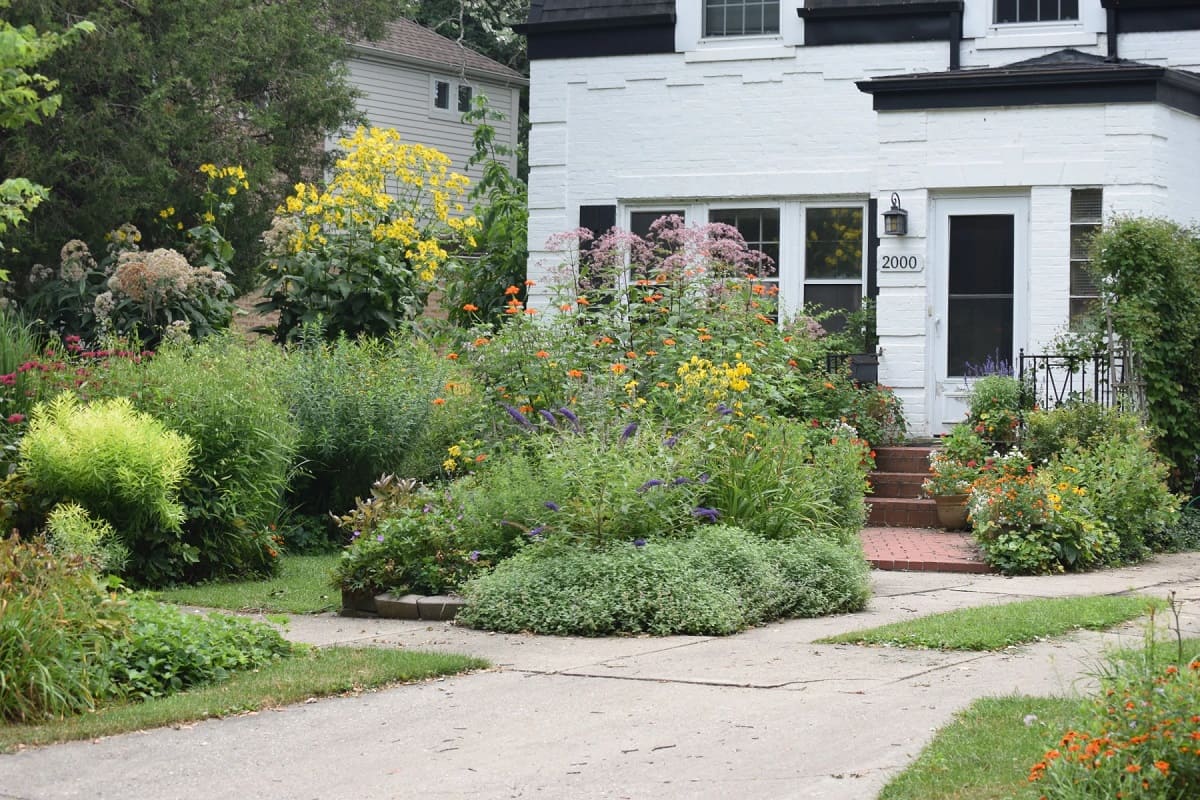

Plant Care & Gardening Tips
How Do I Plant Native Plants In Chicago
Modified: January 20, 2024
Learn how to plant native plants in Chicago with expert plant care and gardening tips. Discover the best practices for successful gardening in the Chicago area.
(Many of the links in this article redirect to a specific reviewed product. Your purchase of these products through affiliate links helps to generate commission for Storables.com, at no extra cost. Learn more)
**
Introduction
**
If you're considering adding some greenery to your Chicago landscape, planting native plants can be a rewarding and environmentally friendly choice. Native plants are species that naturally occur in a particular region and have evolved and adapted to the local climate, soil, and wildlife. By incorporating native plants into your garden, you can create a vibrant and sustainable ecosystem while minimizing the need for excessive maintenance and resources.
Chicago, with its unique climate and soil conditions, offers a diverse array of native plant species that can thrive in urban and suburban settings. Whether you're a seasoned gardener or a novice enthusiast, understanding the benefits of native plants, selecting the right species, and learning how to plant and care for them can help you create a flourishing and resilient garden that supports local biodiversity.
In this guide, we'll explore the advantages of planting native species, offer insights into selecting the right plants for Chicago's specific environment, and provide practical tips for preparing the soil, planting, and nurturing native plants. By the end of this article, you'll be equipped with the knowledge and confidence to cultivate a thriving garden that celebrates the natural beauty of Chicago's indigenous flora.
Let's dive into the wonderful world of native plants and discover how you can contribute to the preservation of Chicago's ecological heritage while enhancing the beauty of your outdoor space.
**
Key Takeaways:
- Embrace native plants in Chicago for a low-maintenance, eco-friendly garden that supports local wildlife and conserves water, while adding vibrant colors and textures to your outdoor space.
- Selecting and caring for native plants in Chicago creates a sustainable, biodiverse garden that celebrates the region’s natural beauty and contributes to environmental stewardship.
Read more: How Do I Plant Native Pecans
Benefits of Planting Native Plants
**
When it comes to landscaping and gardening in Chicago, opting for native plants offers a myriad of advantages that extend beyond mere aesthetics. Here are some compelling reasons to consider incorporating native plants into your outdoor environment:
- Environmental Resilience: Native plants have evolved over time to withstand the challenges posed by Chicago’s climate, including temperature fluctuations, precipitation levels, and soil conditions. Their resilience makes them well-suited to thrive without the need for excessive watering, fertilization, or pest control, thereby reducing the environmental impact of gardening practices.
- Biodiversity Support: By planting native species, you contribute to the preservation of Chicago’s unique ecosystem. Native plants provide essential habitats and food sources for local wildlife, including birds, butterflies, and beneficial insects. As a result, your garden becomes an integral part of the interconnected web of life, fostering biodiversity and ecological balance.
- Water Conservation: Many native plants have adapted to Chicago’s natural precipitation patterns, making them more drought-tolerant and less dependent on irrigation. By cultivating native species, you can conserve water while still enjoying a lush and vibrant garden.
- Low Maintenance: Native plants are inherently well-suited to their environment, requiring minimal upkeep once established. This means less time and effort spent on maintenance tasks such as watering, pruning, and applying chemical treatments, allowing you to enjoy a beautiful garden with greater ease.
- Reduced Pest and Disease Issues: Due to their natural resistance and compatibility with the local environment, native plants are less susceptible to pest infestations and disease outbreaks. This can reduce the need for chemical pesticides and herbicides, promoting a healthier and more ecologically balanced garden ecosystem.
By embracing native plants in your Chicago garden, you not only create a visually stunning and ecologically vibrant landscape but also contribute to the broader sustainability and conservation efforts within your community. The benefits of planting native species extend far beyond your own property, positively impacting the surrounding environment and enriching the natural heritage of the region.
**
Selecting the Right Native Plants for Chicago
**
Choosing the ideal native plants for your Chicago garden involves considering various factors, including the specific growing conditions, desired aesthetic appeal, and the ecological role of each species. Here are some key considerations to help you select the right native plants for your outdoor space:
- Climate Adaptability: Chicago’s climate features distinct seasonal variations, including cold winters and warm summers. When choosing native plants, it’s essential to consider their ability to thrive in these conditions. Look for species that are well-adapted to the USDA Hardiness Zone 5, which encompasses the Chicago area, ensuring they can withstand the temperature extremes and seasonal transitions.
- Soil Compatibility: Chicago’s soil composition can vary, ranging from clayey to loamy textures. Before selecting native plants, assess your soil type and drainage characteristics. Choose species that are suited to the specific soil conditions in your garden, whether it’s well-drained, moisture-retentive, or compacted soil.
- Wildlife Attraction: Consider the ecological role of native plants in supporting local wildlife. Some species provide nectar for pollinators, while others offer food and shelter for birds and small mammals. By incorporating a diverse array of native plants, you can create a welcoming habitat for a variety of beneficial wildlife species, contributing to the overall biodiversity of your garden.
- Native Plant Communities: Chicago’s native flora is organized into distinct plant communities, each with its own unique characteristics and ecological functions. Whether you’re interested in prairie plants, woodland species, or wetland vegetation, exploring native plant communities can help you identify species that naturally occur together and complement one another in a garden setting.
- Aesthetic Appeal: Beyond their ecological benefits, native plants offer diverse colors, textures, and seasonal interest, allowing you to create visually captivating landscapes. Consider the aesthetic qualities of each species, including their bloom times, foliage patterns, and growth habits, to design a garden that reflects your personal preferences while harmonizing with the natural surroundings.
By carefully considering these factors and conducting research on native plant species that thrive in the Chicago region, you can curate a well-balanced and resilient garden that celebrates the beauty and biodiversity of the local ecosystem. Whether you’re aiming to attract pollinators, create a low-maintenance landscape, or establish a thriving native plant community, the right plant selection is a crucial step toward achieving your gardening goals.
**
Preparing the Soil for Planting
**
Before introducing native plants to your Chicago garden, it’s essential to prepare the soil to provide an optimal growing environment. Proper soil preparation sets the stage for healthy root development, nutrient uptake, and overall plant vitality. Here are key steps to prepare the soil for planting native species:
- Soil Testing: Begin by conducting a soil test to assess the pH level and nutrient content of your garden soil. Understanding the soil’s characteristics can help determine if any amendments, such as lime or organic matter, are needed to create an ideal growing medium for native plants.
- Soil Amendment: Based on the soil test results, incorporate organic matter, such as compost or well-rotted manure, into the soil to improve its structure, drainage, and fertility. Organic amendments enhance the soil’s ability to retain moisture and nutrients, creating a hospitable environment for plant roots.
- Loosening Compacted Soil: If the soil is compacted, aerate the planting area by loosening the soil to alleviate compaction and promote better root penetration. This can be achieved through gentle tilling or the use of specialized gardening tools designed to aerate the soil without disrupting its natural layers.
- Mulching: Applying a layer of organic mulch around the planting area helps conserve soil moisture, suppress weed growth, and regulate soil temperature. Use mulch made from shredded bark, wood chips, or straw, ensuring it is applied at an appropriate depth to reap these benefits without smothering the soil or plant roots.
- Ensuring Drainage: Evaluate the drainage patterns in your garden to identify areas prone to waterlogging or poor drainage. Address any drainage issues by amending the soil or creating raised beds to ensure that native plants have access to well-drained soil, preventing water-related stress and root rot.
By taking the time to prepare the soil thoughtfully, you can establish a nurturing foundation for your native plants, setting them up for success as they become integrated into the Chicago landscape. Healthy, well-prepared soil not only supports the immediate growth of your garden but also contributes to the long-term sustainability and vitality of the local ecosystem.
**
When planting native plants in Chicago, make sure to choose species that are well-suited to the local climate and soil conditions. Research which plants are native to the area and consider factors such as sunlight, water, and space requirements before planting.
Planting Native Plants in Chicago
**
As you embark on the exciting journey of planting native species in your Chicago garden, it’s important to follow best practices to ensure the successful establishment of these valuable plants. Here are essential guidelines for planting native species in the Chicago region:
- Timing and Season: Consider the optimal timing for planting native species, taking into account the specific growth habits and seasonal preferences of each plant. In Chicago, spring and fall are generally favorable seasons for planting, allowing new additions to establish their roots before facing the challenges of summer heat or winter cold.
- Planting Depth and Spacing: When planting native species, ensure that the root ball or seedling is positioned at the appropriate depth in the soil, allowing for proper root development and stability. Follow the recommended spacing guidelines for each plant species to provide ample room for growth while encouraging a cohesive and visually appealing garden layout.
- Watering Practices: After planting, provide adequate moisture to help native plants acclimate to their new environment. Water the plants thoroughly and consistently, especially during the initial establishment period, to support root growth and minimize transplant shock. Be mindful of the specific watering needs of each plant species, adjusting your watering regimen accordingly.
- Establishment Care: Monitor the newly planted native species closely, observing their response to the soil, light, and moisture conditions. Implement appropriate care practices, such as applying organic fertilizers or using natural mulch, to support the plants’ establishment and early growth stages.
- Adapting to Local Conditions: Native plants are well-suited to Chicago’s climate and soil, but they may still require some time to acclimate to their new surroundings. Be patient and attentive, allowing the plants to gradually adjust while providing the necessary care and attention during their initial phases of growth.
By adhering to these planting guidelines and nurturing your newly introduced native plants with care and consideration, you can foster their resilience and contribute to the long-term health and beauty of your Chicago garden. Each planted species becomes a vital thread in the rich tapestry of Chicago’s native flora, enriching the local environment and enhancing the overall ecological integrity of the region.
**
Read more: How Do I Plant Native Pecans In Texas
Caring for Native Plants in Chicago
**
Once your native plants are established in your Chicago garden, providing ongoing care and maintenance is essential for their continued health and vitality. By implementing thoughtful and sustainable care practices, you can ensure that your native species thrive and contribute to the ecological balance of the region. Here are key aspects of caring for native plants in Chicago:
- Watering Considerations: While native plants are generally well-adapted to local precipitation patterns, they may benefit from supplemental watering during periods of prolonged drought or extreme heat. Be mindful of the moisture needs of each species, aiming to maintain a healthy balance that supports their growth without promoting waterlogged conditions.
- Weeding and Mulching: Regularly inspect your garden for invasive weeds that compete with native plants for resources and space. Implement a proactive weeding routine to prevent weed encroachment, and replenish the mulch layer to suppress weed growth, conserve soil moisture, and provide insulation against temperature fluctuations.
- Pruning and Maintenance: Native plants may require occasional pruning to remove dead or damaged growth, shape their form, or encourage robust flowering. Follow proper pruning techniques for each plant species, and conduct routine maintenance tasks to uphold the overall health and appearance of your garden.
- Soil Health and Nutrient Management: Monitor the soil conditions and fertility levels in your garden, replenishing nutrients as needed through organic amendments or specialized fertilizers formulated for native plants. Maintaining balanced soil health supports the long-term vigor and resilience of your native species.
- Observation and Adaptation: Regularly observe the performance of your native plants, noting any signs of stress, disease, or pest activity. By staying attuned to the subtle changes in your garden, you can proactively address emerging issues and adjust your care practices to meet the evolving needs of the plants.
By embracing a holistic approach to caring for your native plants, you not only nurture the individual beauty of each species but also contribute to the broader ecological integrity of Chicago’s natural landscape. Your garden becomes a living testament to the harmonious coexistence of native flora, supporting local wildlife and fostering a sustainable and resilient ecosystem.
**
Conclusion
**
As you immerse yourself in the world of native plants in Chicago, you embark on a journey that intertwines the beauty of gardening with the preservation of ecological heritage. By choosing to cultivate native species, you become a steward of the region’s natural diversity, contributing to the vitality and resilience of Chicago’s landscape. As we conclude our exploration of native plant care and gardening in Chicago, let’s reflect on the profound impact of this endeavor and the enduring rewards it offers.
Through the deliberate selection of native plants, you embrace the intrinsic connection between flora, fauna, and the environment. Your garden becomes an oasis of biodiversity, providing essential resources for local wildlife while enhancing the visual splendor of your outdoor space. The benefits of native plants extend beyond individual gardens, collectively enriching the fabric of Chicago’s ecosystem and supporting the broader conservation efforts within the community.
As you prepare the soil, plant with care, and nurture your native species, you engage in a harmonious dialogue with nature, fostering a sustainable and regenerative landscape. Each act of tending to your garden embodies a commitment to environmental stewardship, promoting water conservation, reducing chemical inputs, and fostering a sanctuary for native flora and fauna to thrive.
With each blooming flower, buzzing pollinator, and rustling leaf, your garden becomes a living testament to the enduring beauty and resilience of Chicago’s native plants. It serves as an inspiration for others to embrace the rich tapestry of indigenous flora, fostering a collective ethos of environmental consciousness and appreciation for the natural wonders that grace our urban landscape.
As you continue your journey with native plants in Chicago, may your garden flourish as a testament to the enduring harmony between humanity and nature. Your dedication to native plant care not only enriches your immediate surroundings but also contributes to a legacy of sustainability and conservation for generations to come.
Embrace the vibrant allure of native plants, and let your Chicago garden become a living canvas that celebrates the timeless splendor of the local ecosystem.
Frequently Asked Questions about How Do I Plant Native Plants In Chicago
Was this page helpful?
At Storables.com, we guarantee accurate and reliable information. Our content, validated by Expert Board Contributors, is crafted following stringent Editorial Policies. We're committed to providing you with well-researched, expert-backed insights for all your informational needs.
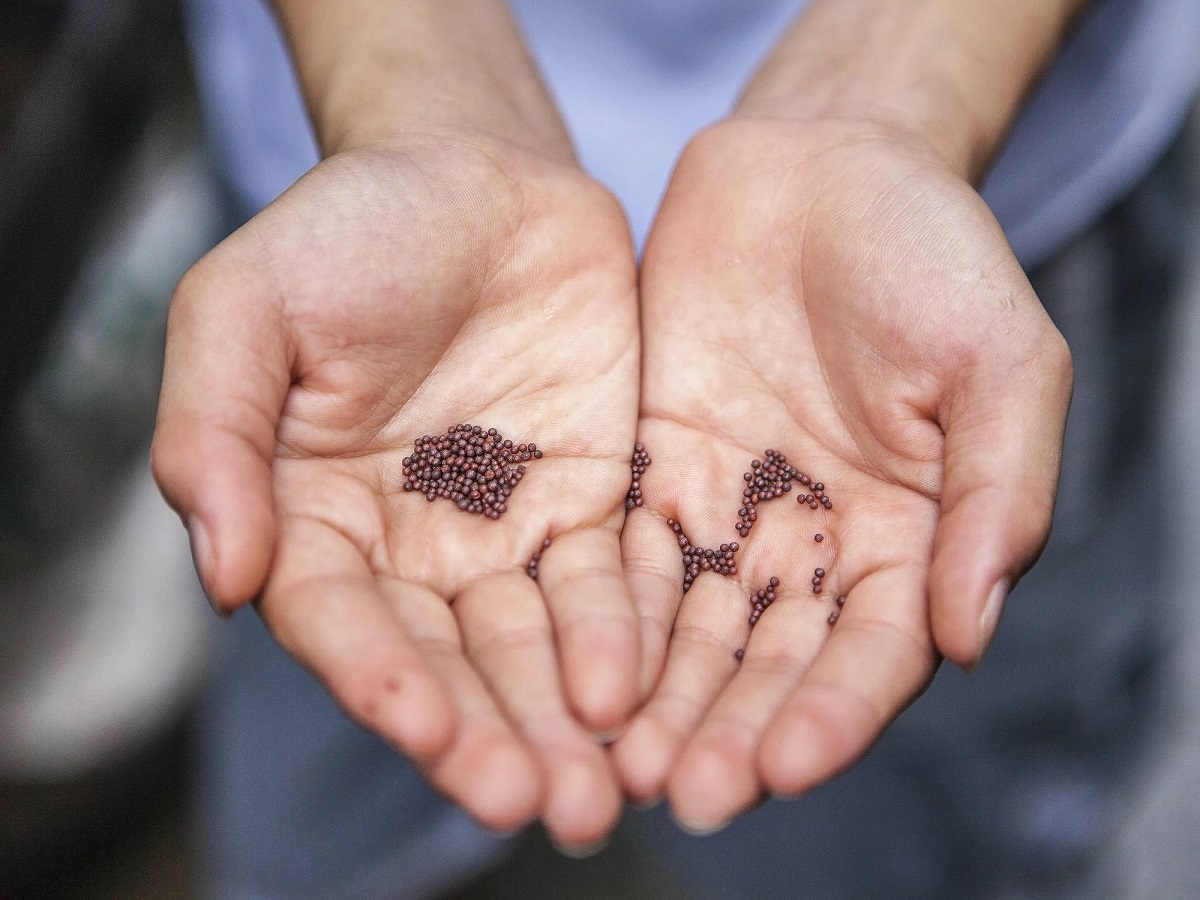
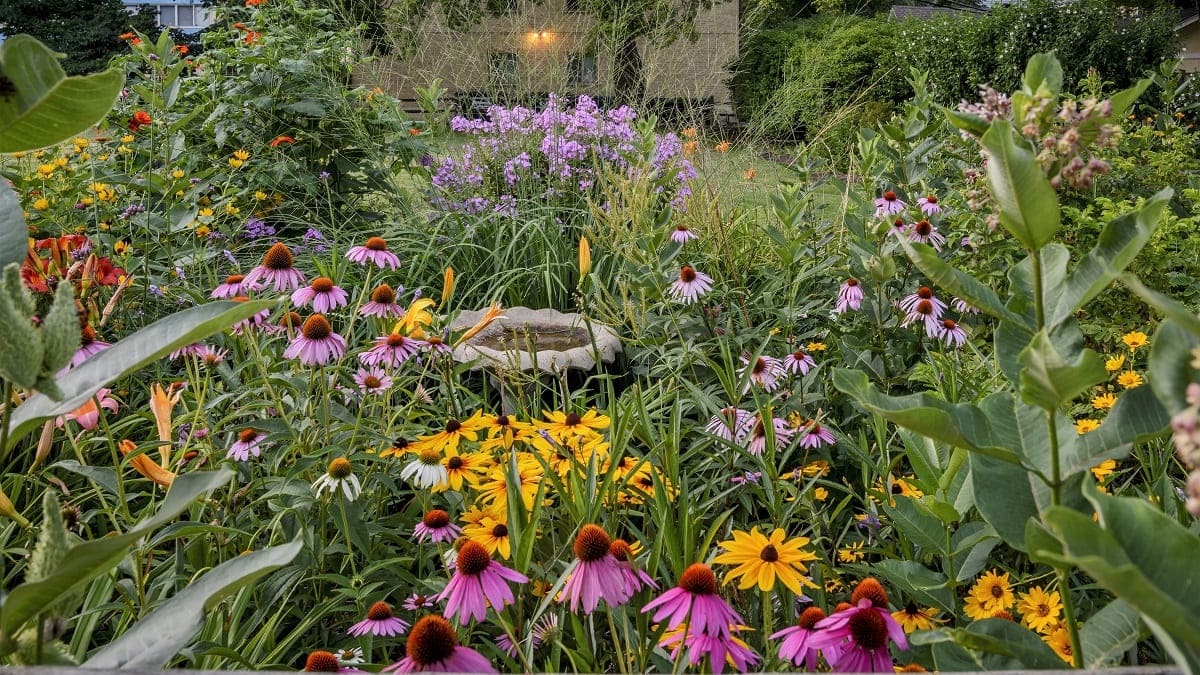
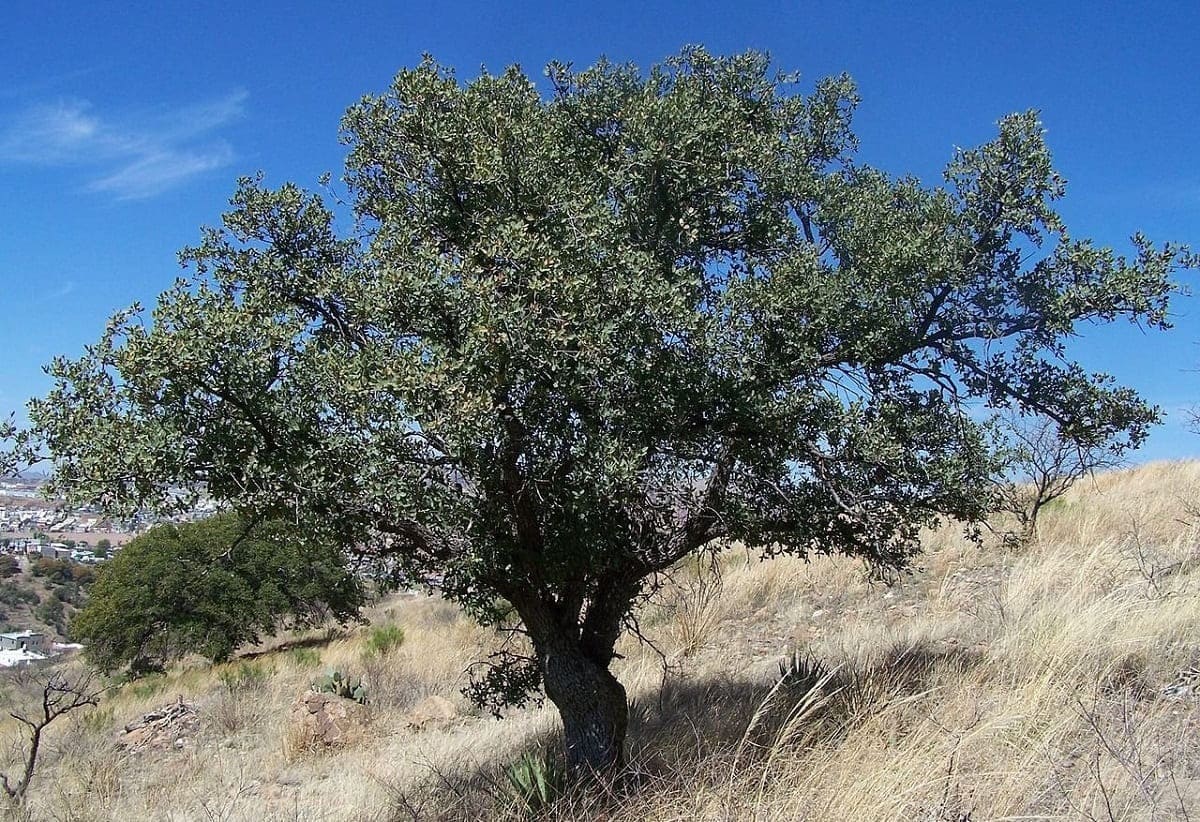
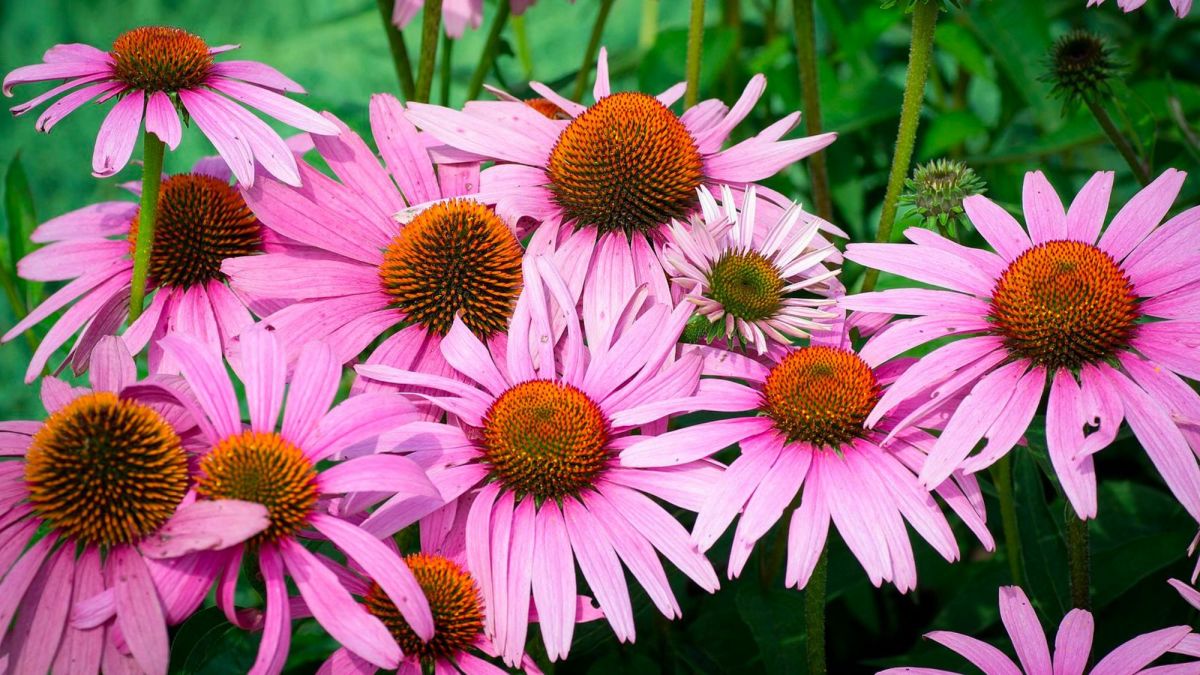
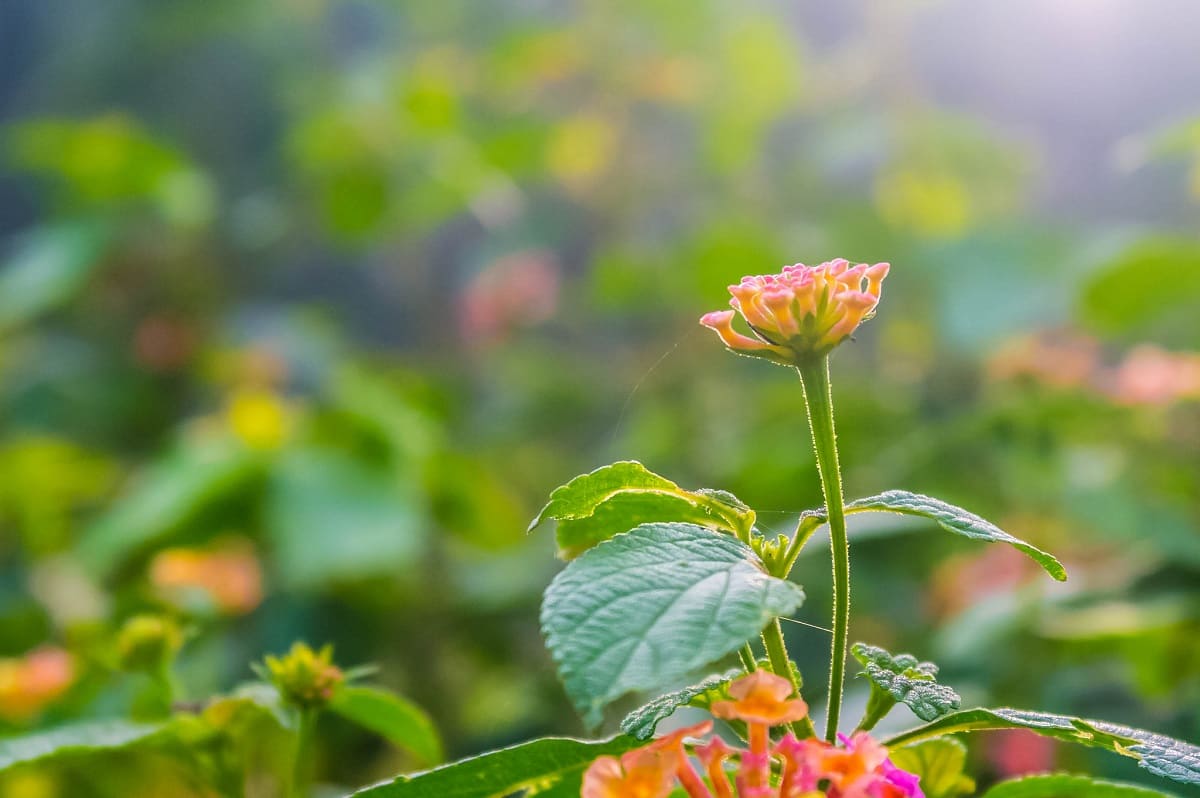

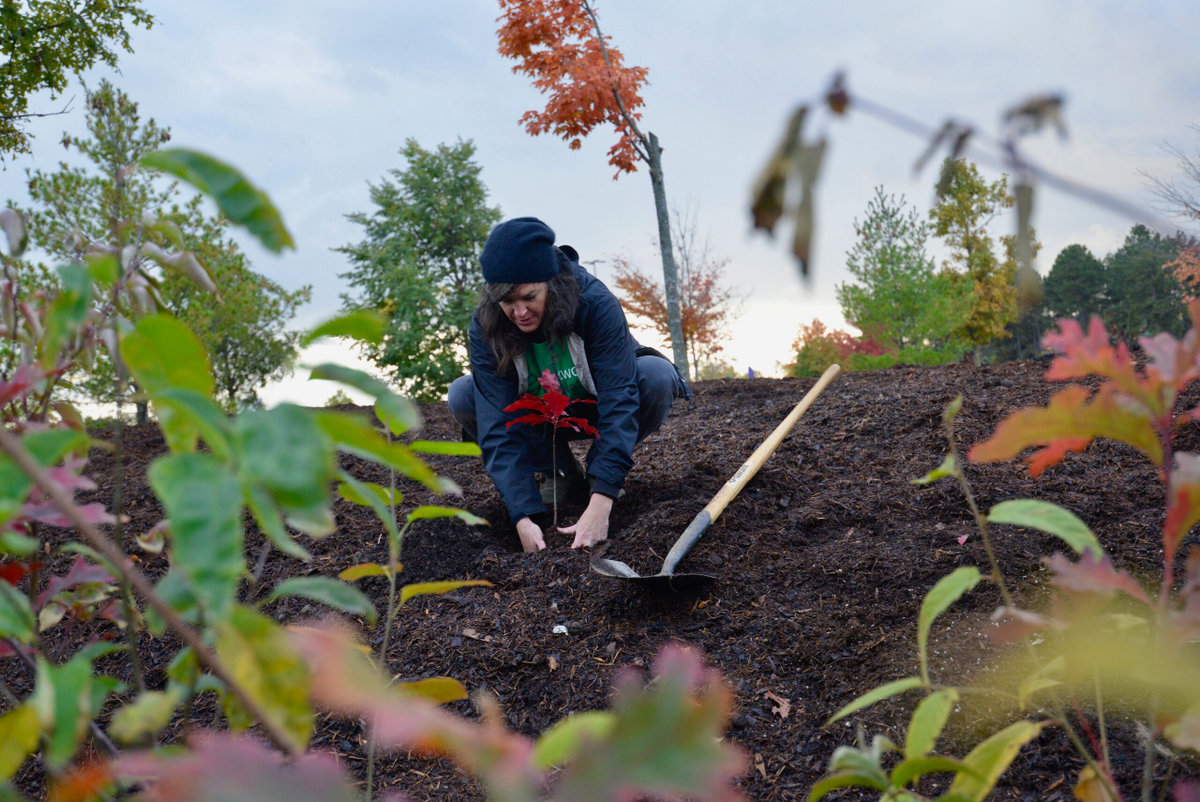
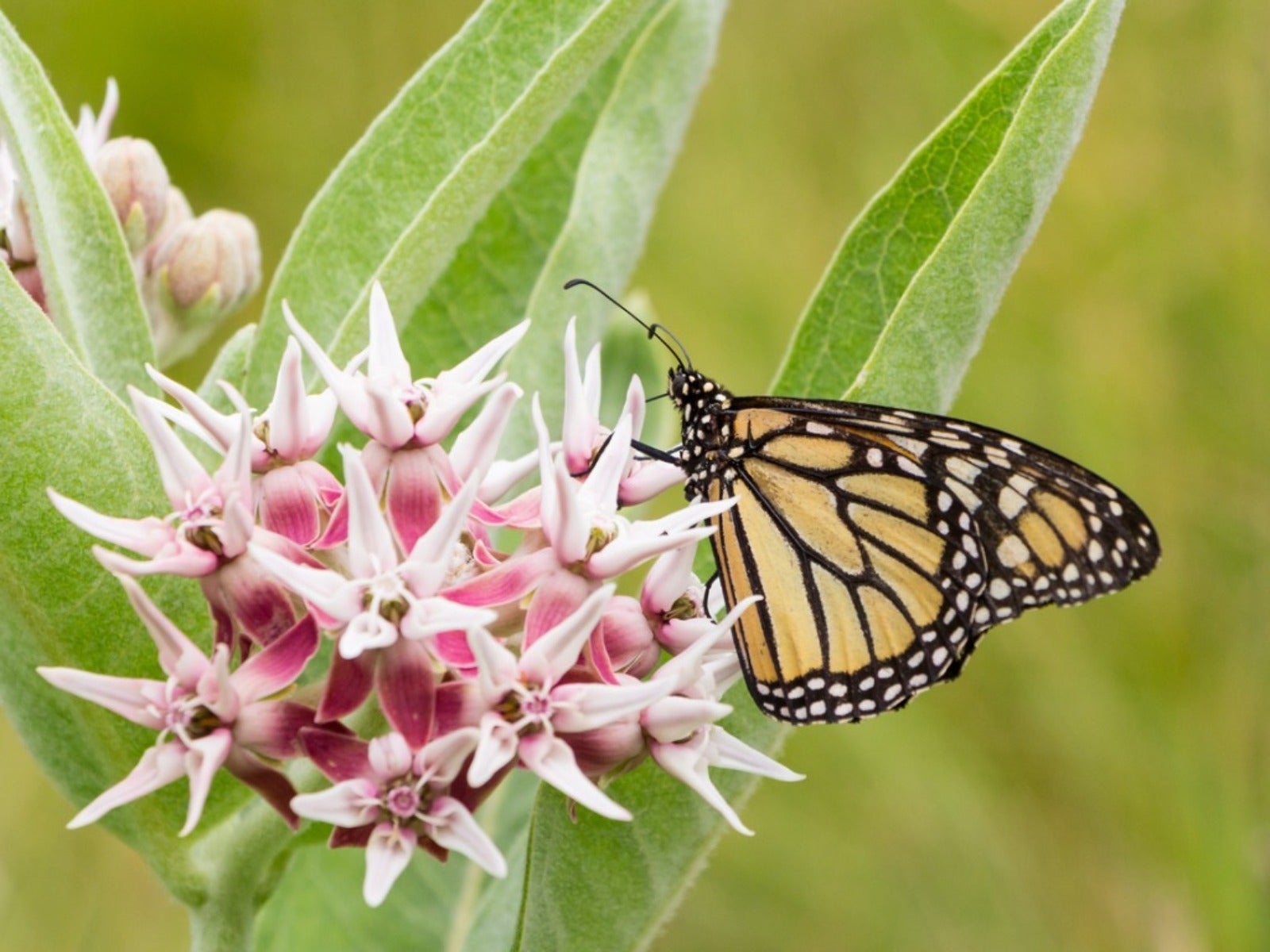
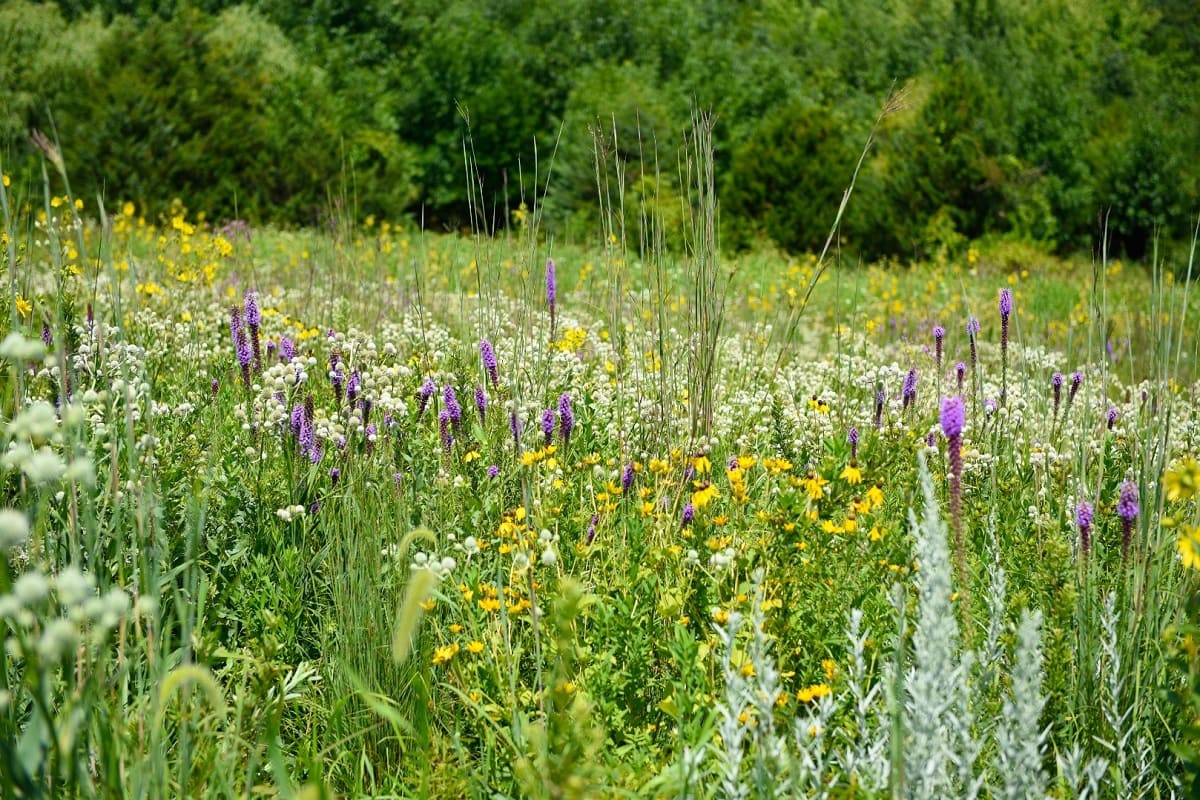
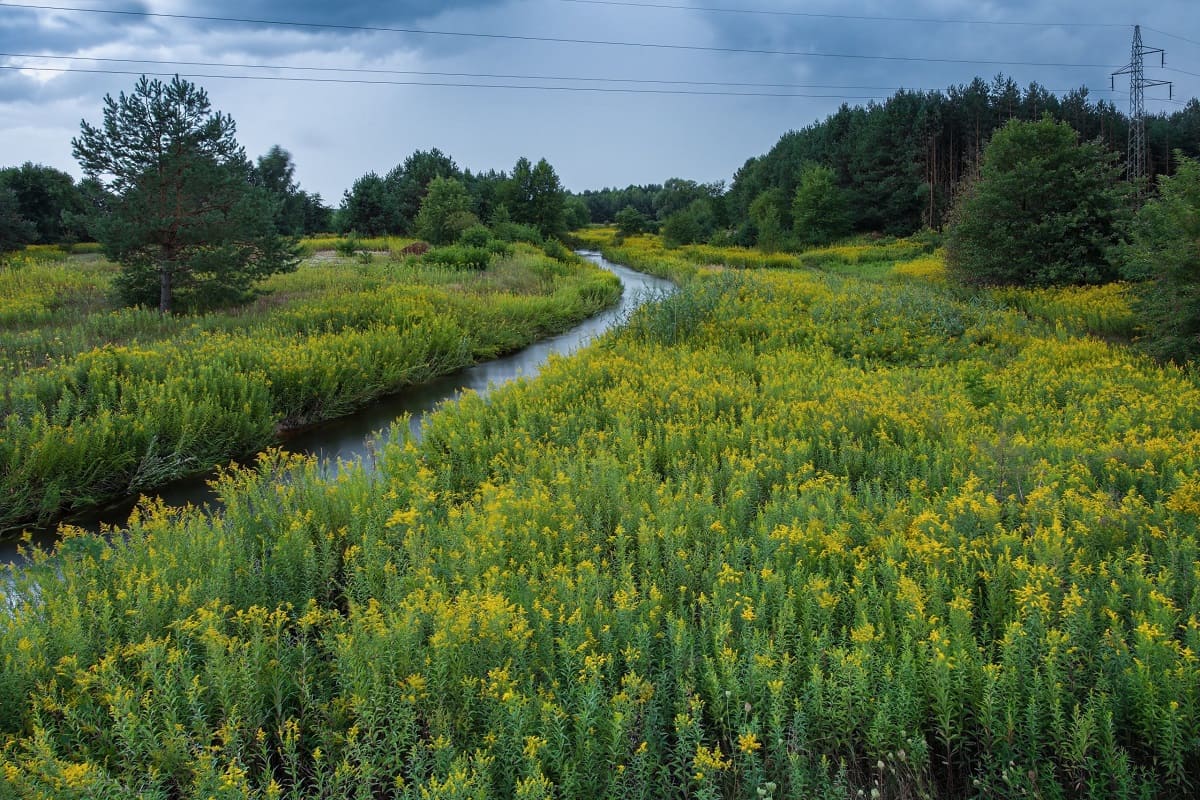

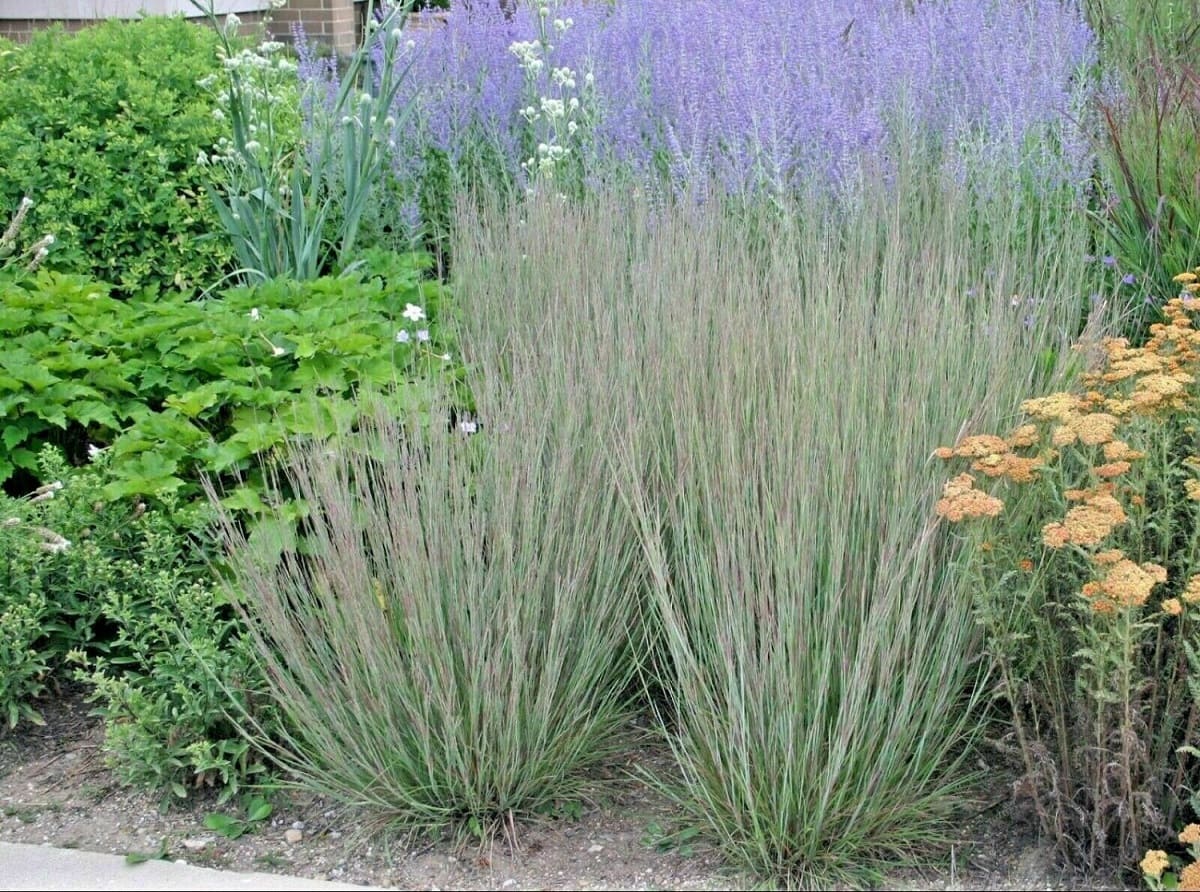
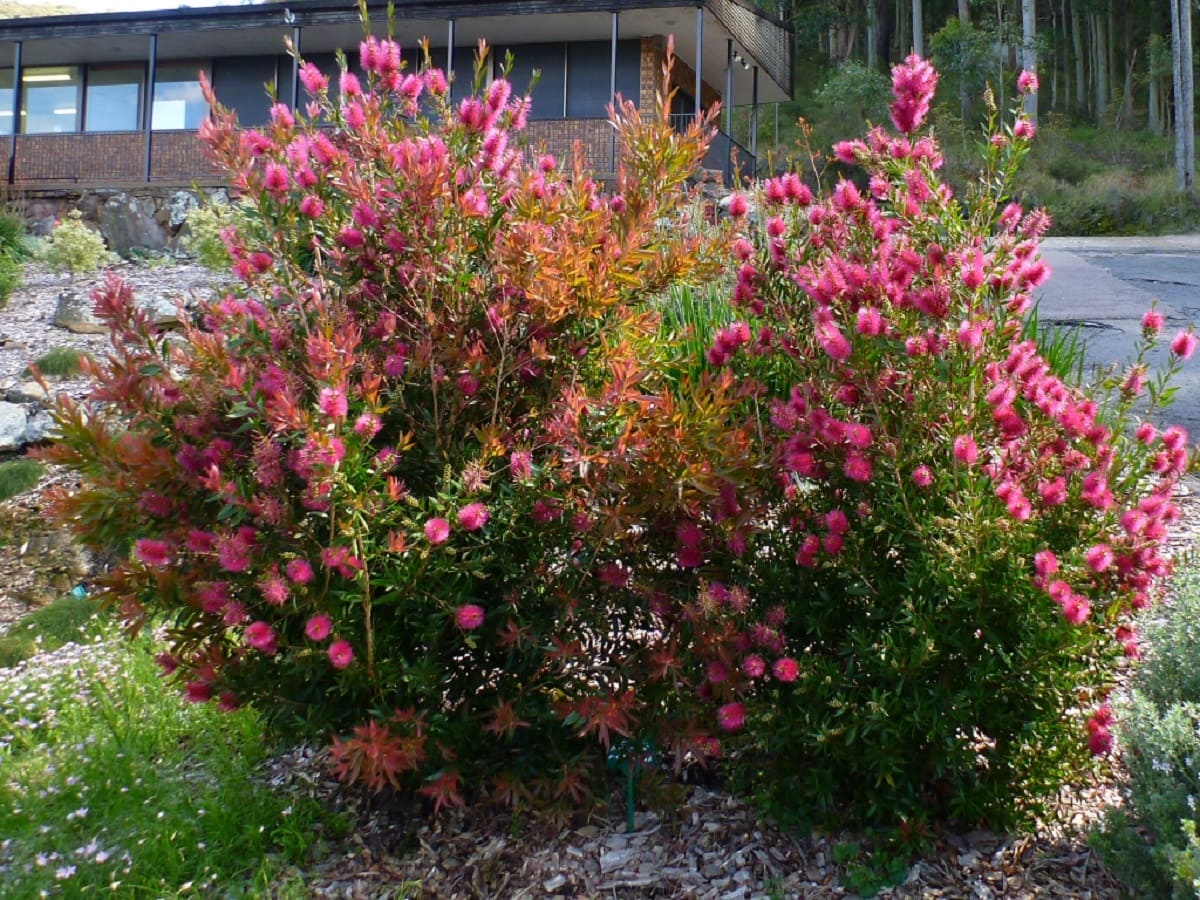
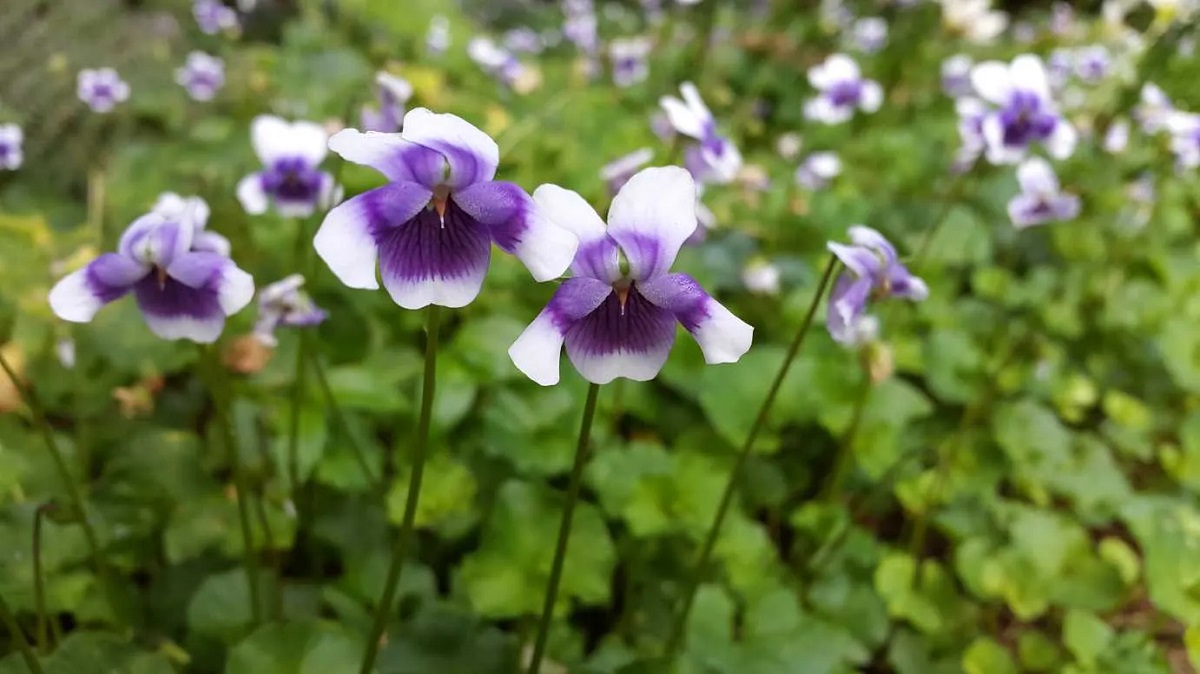

0 thoughts on “How Do I Plant Native Plants In Chicago”